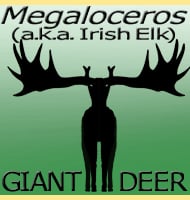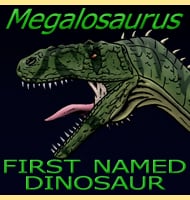In Depth
Originally named as a Miocene species of Dicerorhinus, D. leakeyi was re-described as a distinct genus named Rusingaceros in 2010. Rusingaceros is a Miocene aged rhinoceros, the best fossils of which were found upon Rusinga Island which is situated on Lake Victoria, the largest lake on the African continent.
Further Reading
- Chapter 34: Rhinocerotidae, by Denis Geraads. - In Cenozoic Mammals of Africa. - University of California Press. pp. 675–689, L. Werdelin & W. J. Snders (eds) – 2010.









